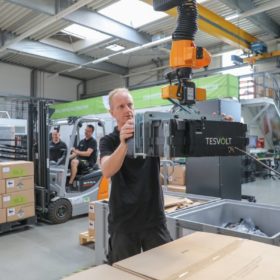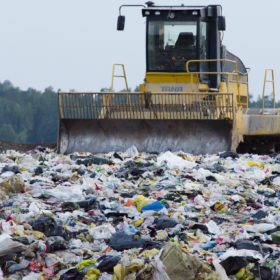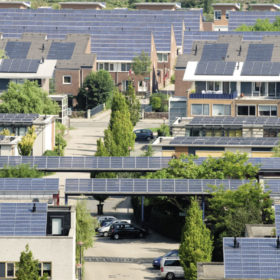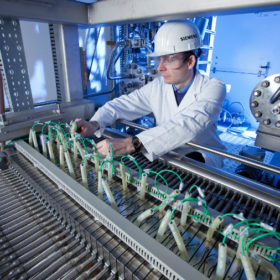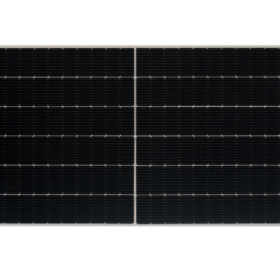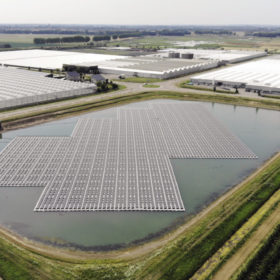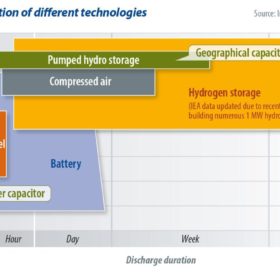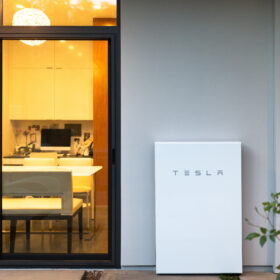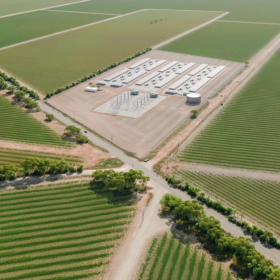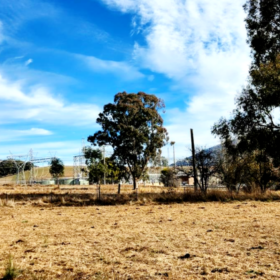Battery manufacturing capacity set to increase fourfold to 1.3 TWh by 2030
Analysts at Wood Mackenzie have looked at plans for the incoming decade and concluded that about 119 manufacturing sites will be up and running by 2030. China currently sits firmly in the driving seat, with Asia Pacific comprising 80% of global manufacturing capacity, but Europe is catching up.
CEFC takes stock of the future, backs Australian Climate Transition Index
The Clean Energy Finance Corporation is set to become the cornerstone investor in a BNP Paribas’ issuance $140 million in new Australian green bonds through its Australian Climate Transition Index, an index for investors to parse the companies that will survive and thrive into a decarbonised future from those who will decay and die.
CSIRO report shows flightpath to hydrogen fuelled commercial aviation
With the disruption of Covid-19 highlighting the climatic impact of the aviation industry, a recent report from the CSIRO funded by Boeing shows that hydrogen fuel’s technological momentum could see clean hydrogen used in airports by as early as 2025, and a full transition from conventional jet fuel by 2050.
Understanding the fate of end-of-life modules
Scientists in India have taken a close look at the potential impact of growing volumes of PV waste, and have conducted surveys that suggest a lot more work is needed from manufacturers and policymakers to develop management systems for end-of-life PV products.
Australia adopts international standards to shape its hydrogen future
Eight international standards have been adopted to facilitate safe use, transport and trade of hydrogen across Australia.
Farm to table, the energy way
The emergence of the prosumer has been a feature of the rise of rooftop solar. But it can go far beyond the individual household or business, argues Frédéric Gastaldo, CEO of Tiko Energy Solutions. Gastaldo says that by connecting PV and other renewable arrays, true energy communities can emerge – accelerating clean energy uptake.
Green hydrogen to reach price parity with grey hydrogen in 2030
IHS Markit’s latest report looks at a wave of new investments in large-scale projects. Economies of scale and technological improvements, as well as renewables deployment, could make green hydrogen price-competitive with grey and blue hydrogen.
A closer look at Jinko’s 565-585 W panel
The module – which measures 2,411×1,134×35mm, weighs 31.1kg and features 156 p-type monocrystalline cells – is available in five versions with power outputs of 565-585 W and efficiencies of 20.67-21.40%. Jinko says the Pro Tiger series will become the company’s main revenue stream in 2022, surpassing the Tiger 475 W panel.
Long read: Shadow boxing
The amount of non-uniform shading an array will experience determines the technology choices that can be made. However, it can be complicated to formulate more general rules for when to use what type of technology. Most would agree that module-level power electronics are better at handling non-uniform shading, but how do they handle the sun? A recently promoted study brought the discussion into sharp relief.
A closer look at hydrogen infrastructure
Momentum is building for a new era of the hydrogen economy. Green hydrogen production is decreasing in cost, as greater levels of renewables are being integrated into the grid, and countries are developing hydrogen plans. Shayne Willette from Navigant sets out how, as a result, hydrogen is increasingly recognized as a potentially significant contributor to the decarbonization of the energy sector.
